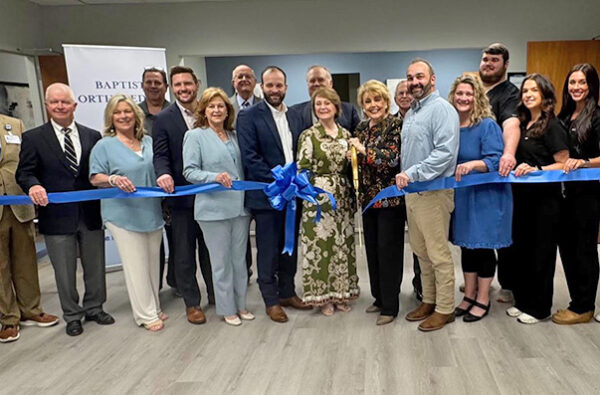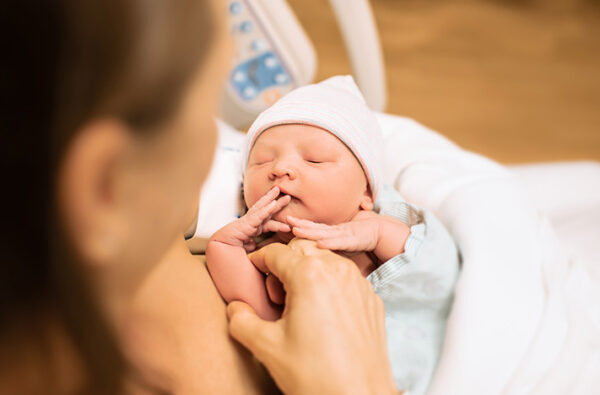What if you tied all your KATA boards together across multiple departments and disciplines so that each board was directed toward a common strategic goal? That’s what is happening at Baptist Memphis, according to Michelle Smith, the hospital’s chief nursing officer.
Currently, Baptist Memphis has 21 active KATA boards. “We’ve been careful to keep our work strategic, staying focused on what the overall organization is trying to achieve,” said Michelle.
For example, take two organizational goals for Baptist Memphis: reducing falls by 50 percent and reducing hospital-acquired infections by 25 percent. “With falls, we have involved five med-surg departments and the float pool,” said Michelle. “While each of these are running their own cycle of experiments, they also come together every day and share their information on a master KATA board. Thus, people are learning from each other.” Michelle added that including the float pool is vital because if you are running experiments trying to make improvements in several departments, you must educate the nurses on what is expected.”
While they’ve only been at it for approximately six weeks, Michelle and the Baptist Memphis team already have seen a 25 percent decrease in falls across the five departments. “That will be a huge benefit for Baptist as a whole,” she says.
Next is the organizational goal to reduce the incidence of catheter-associated urinary tract infections (CAUTI) by 25 percent. “We wanted to go further and reduce them by 50 percent,” said Michelle. “We have KATA boards for CAUTIs in cardiovascular, ICU, and neuro-intensive care. Last year at this time, we had approximately 19 CAUTIs. So far this year, we have had eight. And considering that a CAUTI can cost the hospital $9,000, cost savings alone are significant.”
Also, the knowledge gained from the KATA boards has made the daily safety briefings more effective and facilitated checking compliance. “We are able to talk about our work every single day in these meetings and we have the specific information we need to pinpoint problems and develop solutions right then,” said Michelle.
RN turnover was another KATA board that provided a few “aha” moments. “The thinking was that RN turnover was occurring after the first year,” said Michelle. “However, we discovered 40 percent of the turnover was occurring between six months and one year. So we were able to structure the experiments correctly. Results: Only 22 percent turnover in 2016, and zero so far this year.”
In addition, the emergency department worked a KATA centered on reducing turnaround times, and the staff already has achieved their goal.
Michelle says the biggest lesson learned from the KATA boards is to keep it strategic and stay focused on the organization’s goals. “So many of our challenges cross department lines, so everyone benefits.”






